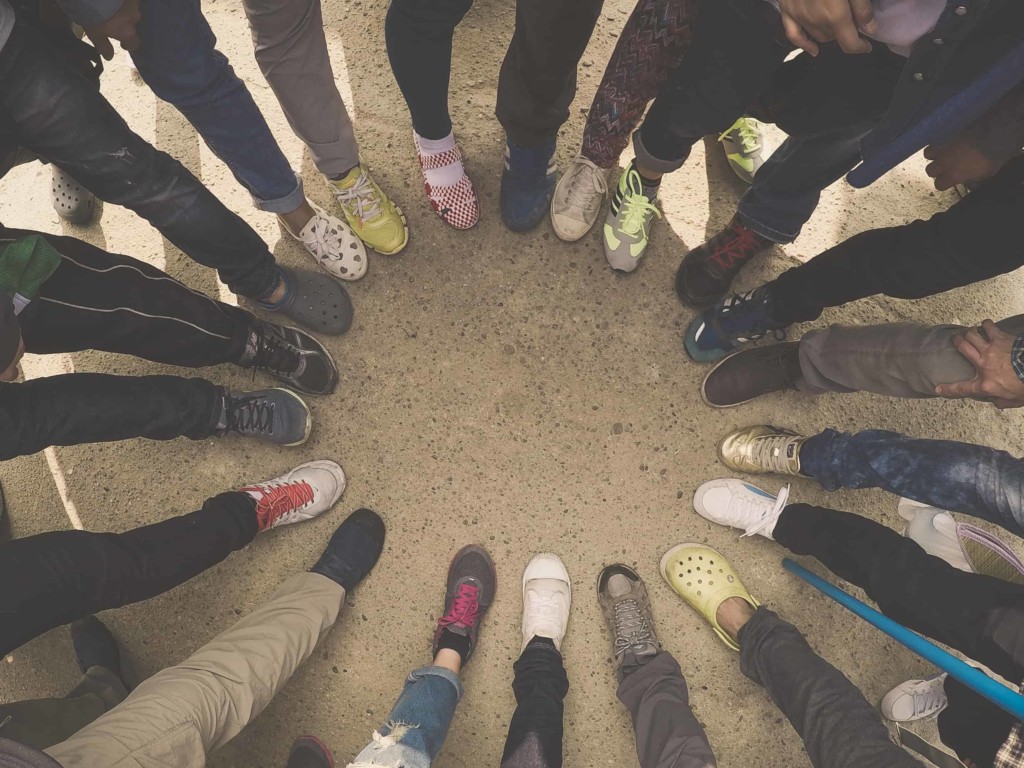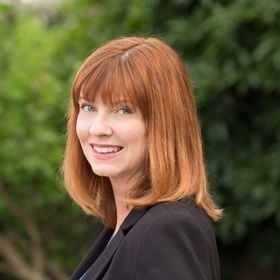When Does Inequality Grow? A Seasonal Analysis of Racial/Ethnic Disparities in K-8 Learning

Summer is the long-awaited season for many Americans, especially students. Aside from summer reading assignments and the occasional extra-credit project, summer is the time when students can collectively take a breather from homework and tests. The break from the school year, however, can bring on the dreaded “summer slump”: a backslide in academic skills when school is not in session. And according to several recent studies, the summer slump can disproportionately affect students of different demographic groups.
Seasonal learning studies aim to measure students’ academic growth over the summer months when most U.S. schools are out of session. These studies frequently look into achievement gaps among student demographic groups, particularly racial and ethnic groups, to measure whether those gaps widen or narrow during the summer.
This is an important question to answer; if achievement gaps between demographic groups change during times when school is out of session, then educators and policymakers have a reason for concern about educational equality during the school year. A large study using data from the Northwestern Evaluation Association (NWEA) has taken a broader, more in-depth look at the summer achievement gap and has uncovered some meaningful results recently published in the working paper “When Does Inequality Grow?: A Seasonal Analysis of Racial/Ethnic Disparities in Learning in Kindergarten through Eighth Grade,” by Megan Kuhfeld, Dennis Condron, and Doug Downey.
Megan Kuhfeld is a research scientist for the Collaborative for Student Growth at the NWEA. In her research, Kuhfeld focuses on social-emotional learning (SEL) and school and community influences upon student growth. Kuhfeld and her co-authors designed a seasonal learning study of summer achievement gaps among different demographic groups that improves on previous studies in several ways:
First, the authors have expanded the age range of students included in the study. Previous researchers limited their subjects to early elementary students, but this new study covers American students ranging from Kindergarten through eighth grade. Second, this study draws from a pool of over 2.6 million students—a much larger sample than other studies to date. Third, this study uses adaptive testing upon three separate, age-based cohorts of students to mitigate concerns over differences in testing from year to year. Additionally, and perhaps most pertinently, Kuhfeld and her co-authors have expanded the racial/ethnic groups included in their study, while also weighing district socioeconomic status (SES) and other school-related variables.
Kuhfield, Condron, and Downey first provide a wealth of evidence from previous studies to support the troubling conclusion that over time, Black-White and Hispanic-White achievement gaps seem to shrink during summers and widen during school years. These findings suggest that schools may exacerbate inequality for students within these minority populations. Conversely, the authors also discuss the White-Asian achievement gap documented in previous studies, in which Asian students were observed to gain additional ground on their White peers during summers.
In this study, the authors found significant evidence to support previous findings that the Black-White achievement gap widens while school is in session, by as much as 39% in reading and 30% in math over the grade intervals observed. This finding is particularly noteworthy because of the study’s controlling for SES; seasonal patterns observed within the study indicate that SES-based achievement gaps shrink during the school year, despite a disproportionate overlap between Black students and low-SES students. Alongside this finding, the researchers do not identify significant conclusions or patterns regarding the Hispanic-White achievement gap.
However, the authors also identify a pattern similar to that of previous studies with regard to the White-Asian achievement gap: Asian students further outpace their White peers during summers, but lose part of that advantage during the school year. This is another concerning finding, albeit in a different way; as the authors suggest, it indicates that Asian students may actually achieve greater skills outside the mechanisms of schools in which White students are the majority.
They conclude by identifying future research questions:
- How do racial gaps form prior to kindergarten versus in between school years?
- What systemic school mechanisms may underlie the observed disadvantages faced by other racial/ethnic groups relative to White students while school is in session?
The authors note that more detailed seasonal and environmental data are needed to answer these questions.
The hard truth presented in educational research like this working paper is that our educational system is not serving all students equally. On a systemic level, researchers are able to document measurable seasonal differences in achievement among students of different racial/ethnic groups, throughout their elementary and middle school years. These findings should be concerning to education professionals, advocates, parents, and policymakers alike.
This working paper seeks to answer ‘when’ inequality grows in education. The answer to ‘where’ inequality grows, though, certainly should not be in our nation’s schools. And as researchers and professionals in the education field continue to search for solutions to the summer slump, we can also collectively work to find new ways to support all students. Increasing achievement alongside equality sounds like an assignment worthy of extra credit.
For more, see:
- Inequality in Education is Your (and My) Responsibility
- Leading Education Foundation Promotes Race Equity, Vows to Fight Racism
- Advancing Equity Through Innovation: 7 Noteworthy Approaches From Brooklyn LAB
Stay in-the-know with all things innovations in learning by signing up to receive the weekly Smart Update.



0 Comments
Leave a Comment
Your email address will not be published. All fields are required.